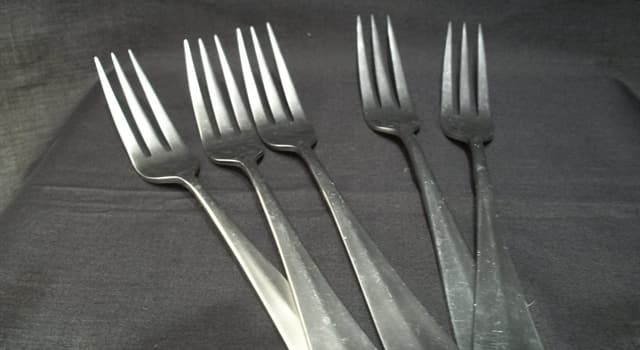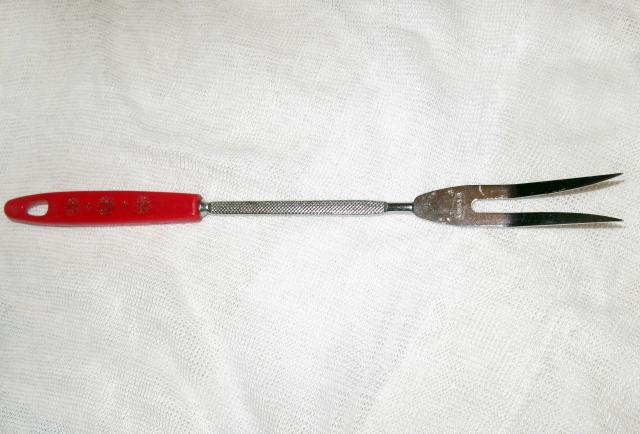

I mean, of course, a complete service, so as not to cut a sorry figure when the duchess comes to dinner." He comes up with a list of implements several pages long and then adds that “this partial and incomplete list” might leave the reader wondering “how you are going to pay for everything, or how you can possibly build a piece of furniture large enough to contain all this stuff.” He suggests that “if you are of two minds about the style to choose, or the material (for it goes without saying that all these things can be obtained with handles made of silver, steel, ceramic, horn, hoof, perspex, etc., and in modern style, more modern style, ultra-contemporary style, antique style, more antique style, antediluvian style, comic or serious, garish or restrained, elaborate or rustic, to suit all tastes), then you can always fall back on something else." His suggestion for an alternative is the chopstick: "They cost very little and millions of people have been using them for thousands of years. In the 1960s, designer Bruno Munari, who produced a book’s worth of drawings of talking forks as well as a few in 3D, began an essay called “ Knives, Forks, and Spoons” by suggesting that "I think it would be useful for young married people who are setting up house together to know what they have to get in the way of knives, forks and spoons. The variety of both shapes and styles leads not only to etiquette confusion, but to other problems as well. But they did not wish to omit any of our manners which were just becoming as fashionable among the Greeks as English manners are among ourselves, and I saw one woman throughout the dinner taking olives with her fingers and then impaling them on her fork in order to eat in them in the French manner."

In 1760, François Baron de Tott, a French aristocrat and military officer, gave this account of an overly mannered dinner party in Turkey: "A circular table, with chairs all around it, spoons, forks-nothing was missing except the habit of using them. But by the middle of the century, the use of the fork had become sufficiently normal that rebukes were reserved for those who used forks incorrectly. As Ferdinand Braudel notes in The Structure of Everyday Life, around the beginning of the 18th century, Louis XIV forbade his children to eat with the forks that their tutor had encouraged them to use. Even as the fork gained ground, it was not universally accepted. It was also around this time that forks with three and then four tines were made. It wasn't until the late 1600s and early 1700s that people began to purchase multiple sets of silverware for their homes, which were just beginning to be equipped with rooms specifically set aside for dining. In the time of Henry III, fork-owners would have been well-off, and most of them would have had one set of cutlery that traveled with them there are numerous examples of forks and knives housed in carrying cases that could be slung over a shoulder or around a waist. Young traces the “unsettlingly effeminate aura” of the fork all the way through 1897, when British sailors are still eating without forks, considering them to be unmanly. Sure enough, the hermaphrodites eat with forks, spilling more food than they manage to consume in their pursuit of the new and the unnecessary. In an essay in Feeding Desire on the sexual politics of cutlery, Carolin Young notes that in 1605, an anonymous allegorical novel about the courtiers of Henry III portrayed a mysterious island peopled by hermaphrodites, whose behavior is characterized by theatricality, artifice, and falsehood.

And they were still associated with sinister behavior. Montaigne, writing in the 1570s in a passage about the force of habit, mentions forks but says he rarely uses them. Forks were used occasionally, but not every day. At this time, most forks were two-pronged, and either hefty enough to hold down a cut of meat (similar to what we would think of today as a carving fork) or so dainty they were used primarily to eat sweets at the end of meals.


 0 kommentar(er)
0 kommentar(er)
